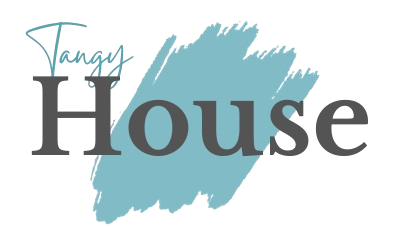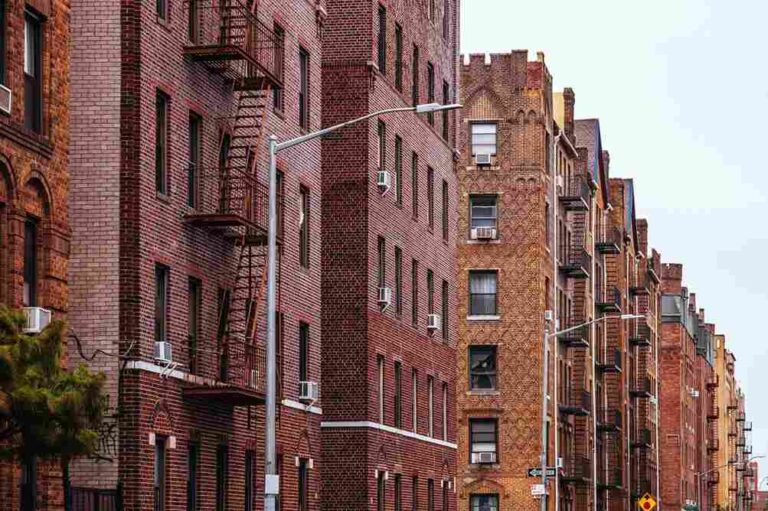I’m going to break down what’s happening in the Seattle apartment scene right now.
If you’ve been scratching your head about where to live in this gorgeous but pricey city, this guide is for you.
We’re going to chat about eight key trends that are shaping right neighborhood choices across Seattle.
8 Seattle Apartment Market Trends That Renters Should Know About Neighborhood Choices
Let’s jump right in and talk about what’s really going on in Seattle’s rental market.
These trends might help you make smarter decisions when searching for apartments seattle.
Rising Rent Prices in Central Neighborhoods
Central Seattle neighborhoods like Capitol Hill, South Lake Union, and Downtown continue to command top dollar.
No surprise there, right?
Rents in these prime spots have jumped about 5-7% over the past year.
A typical one-bedroom in Capitol Hill now runs around $1,900, while South Lake Union apartments can easily hit $2,200 for the same size.
Why so steep? These areas offer that classic Seattle lifestyle – walking distance to major employers, restaurants on every corner, and nightlife that keeps going till the wee hours.
Plus, you’re paying for convenience – most errands don’t require a car.
If you’ve got your heart set on central living but your wallet’s giving you side-eye, look for older buildings without fancy amenities or consider finding a roommate.
Sometimes a two-bedroom split two ways actually saves money compared to two separate one-bedrooms.
Popularity Shift Toward North and South Seattle Neighborhoods
More renters are discovering the charm of neighborhoods outside the center.
Places like Northgate, Lake City, Columbia City, and Beacon Hill are having a moment.
North Seattle spots like Greenwood and Maple Leaf offer more space for your buck, plus they’ve got this cool neighborhood vibe with local coffee shops and small businesses.
A one-bedroom in these areas might run $1,500-1,700 – that’s serious savings!
Down south, Columbia City and Georgetown are attracting folks who want unique character and diverse communities.
These neighborhoods have awesome food scenes and cultural diversity you won’t find elsewhere.
The trade-off? Usually a longer commute to downtown jobs.
But if you’re only heading to the office a few days a week, many renters tell me the extra 15-20 minutes each way is totally worth saving $400+ monthly on rent.
Transit-Oriented Living and Light Rail Expansion
The light rail system is basically reshaping where people want to live. And it makes perfect sense!
Neighborhoods with light rail stations are seeing rental demand skyrocket.
The newest extension north to Northgate has turned areas like Roosevelt and the U-District into rental hotspots.
And just wait until 2024 when the East Link opens – Judkins Park and Mount Baker will likely see the same boost.
Smart renters are thinking ahead.
Living near transit means you might be able to ditch your car (and those $200+ monthly parking fees).
Plus, you’re not stuck in Seattle’s infamous traffic.
One tip many renters miss: look for apartments that are a 5-10 minute walk from stations rather than right next to them.
You’ll often get better deals while still having easy access. At Solara, renters can explore a wide range of available floorplans seattle apartments that cater to both lifestyles, from efficient studios to spacious multi-bedroom layouts.
Demand for Mixed-Use and Walkable Communities
Nobody wants to drive 15 minutes just to grab coffee anymore.
Walkability has become a top priority for Seattle renters.
Neighborhoods like Ballard, Fremont, and West Seattle Junction are crushing it because you can live your whole life within a few blocks.
Grocery store, pharmacy, restaurants, bars, and even healthcare – all without moving your car.
Buildings in walkable areas tend to charge a premium, but many renters find it balances out.
You spend less on transportation, eat out more efficiently (grabbing takeout on your walk home), and generally enjoy a better quality of life.
When apartment hunting, check the Walk Score before you even tour.
Anything above 85 means you can handle most daily needs on foot.
Between 70-85 is still pretty good. Below that, you’ll likely need to drive more often.
Shift Toward Sustainability and Green Living
Seattle renters are getting serious about their environmental footprint.
It’s not just about recycling anymore!
Newer buildings advertising LEED certification or built-in energy efficiency features can charge a bit more, but they’re attracting renters who care about sustainability.
These buildings typically offer better insulation (lower utility bills!), better air quality, and sometimes even cool features like rooftop gardens.
Neighborhoods like Ballard and Columbia City have become hubs for eco-conscious living, with farmers markets, bike lanes, and community gardens.
One thing to watch for: some places talk a big game about being “green” but don’t deliver.
Ask specific questions about a building’s sustainability features rather than just accepting marketing claims.
Real green buildings will have specific certifications they can point to.
Remote Work Driving Neighborhood Flexibility
The work-from-home revolution has completely changed where people can live in Seattle.
It’s pretty amazing!
Before 2020, being close to major employers like Amazon or Microsoft was crucial.
Now? Many renters are prioritizing space for a home office over proximity to work.
This has made neighborhoods that were once considered “too far out” suddenly attractive.
West Seattle, Magnolia, and even places like Shoreline just north of the city limits are seeing increased demand.
The key for remote workers? Look for apartments with dedicated office nooks, good natural lighting (helps with those video calls!), and reliable high-speed internet.
Some buildings now advertise “work from home friendly” floor plans with alcoves or built-in desk spaces.
And don’t underestimate the importance of soundproofing – those thin walls can make work calls awkward if your neighbor is blasting music!
Increased Competition for Amenities
The amenity arms race is real in Seattle apartment buildings.
And some are definitely more valuable than others.
In-unit laundry remains the holy grail – buildings without it typically charge $150-200 less per month.
Other hot amenities include secure package reception (those Amazon deliveries add up!), outdoor space, and fitness centers.
Interestingly, some pre-pandemic must-haves like shared workspaces and community rooms have fallen in value.
Meanwhile, amenities that improve daily living like sound insulation, natural light, and private outdoor spaces command premiums.
Competition is fiercest for units with parking included.
Many newer buildings charge $200-300 extra monthly for a spot.
If you can live without a car, you’ll have more options and save serious cash.
One smart strategy? Figure out which amenities actually matter to your lifestyle.
That rooftop deck sounds amazing, but will you really use it eight months of the year when it’s raining?
Shifting Demographics and Lifestyle Preferences
Seattle’s rental market is evolving as different groups want different things from their neighborhoods.
Young professionals still gravitate toward Capitol Hill and Belltown, willing to sacrifice space for nightlife and urban energy.
Families are increasingly looking at neighborhoods like Greenwood and Wallingford where they can find two and three-bedroom apartments near good schools.
Empty nesters are a growing rental group too – they’re often downsizing from houses but want high-end renters finishes and quieter neighborhoods like Madison Park or Queen Anne.
Cultural preferences matter too.
The International District continues to attract Asian Americans seeking cultural connection, while the Central District maintains strong African American community ties despite gentrification pressures.
Understanding neighborhood personality is crucial. Fremont and Ballard offer a laid-back, almost small-town vibe within the city.
South Lake Union feels sleek and modern.
University District pulses with student energy.
Finding the right match for your lifestyle can make all the difference.
Conclusion
Seattle’s rental market keeps changing, but understanding these trends can help you make smarter choices about where to plant your roots.
Whether you’re chasing affordability in the south end, walkability in the center, or that perfect balance of space and convenience, there’s a Seattle neighborhood that fits your needs.
Remember that rental prices typically dip slightly in winter months, so timing your move can save you money.
And don’t be afraid to explore neighborhoods you haven’t considered – Seattle’s charm often lies in its unexpected corners.
The right apartment in the right neighborhood makes all the difference between just living in Seattle and truly loving this amazing city.
Happy apartment hunting!



